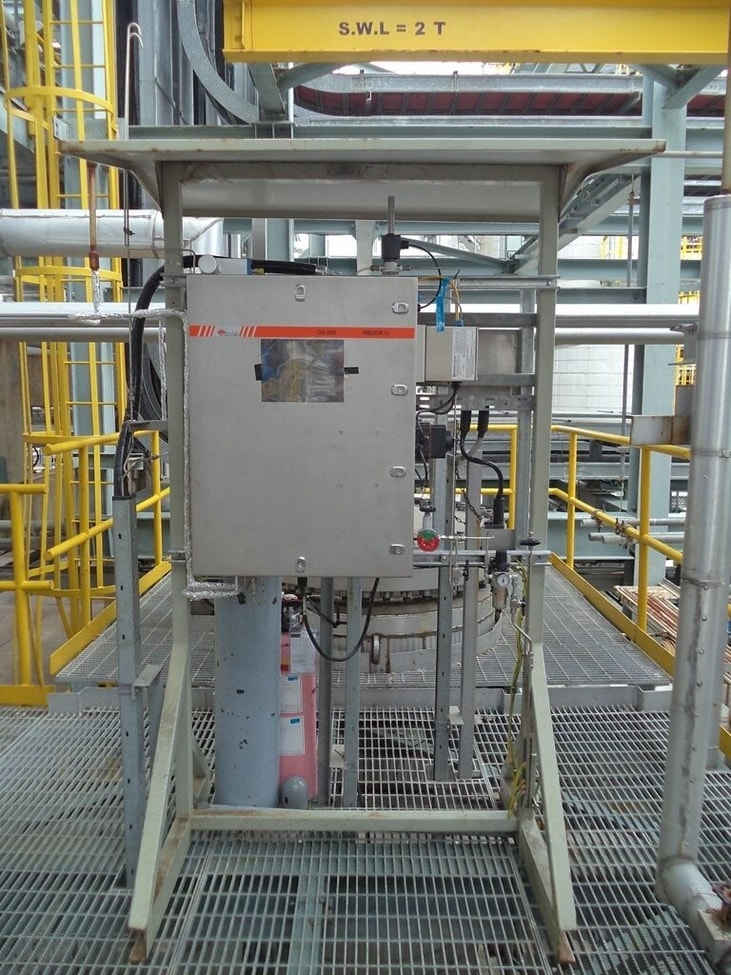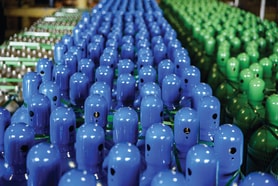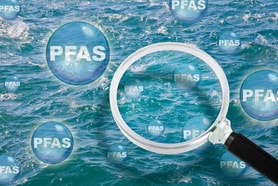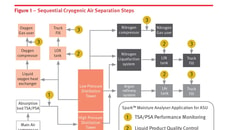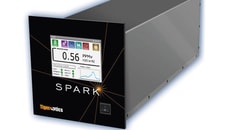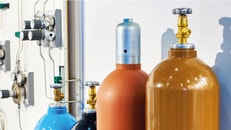An introduction to… Gas chromatograph instruments
Automatic process gas chromatography is used in the industry for identification and quantification of chemical compounds in both their gas and liquid phases.
Gas chromatograph instruments vaporize and distribute samples between a stationary and mobile phase, whereby a chemically inert gas carries molecules through a heated column. After column separation, molecules can be identified and quantified precisely. Ideally, industrial systems are equipped with their own gas generators (cylinder-free) so that they are completely autonomous.
Triethylene glycol (TEG) is a chemical compound used in many industrial applications such as in desiccants for natural gas and air conditioning systems, plasticiser for vinyl polymers or as an additive for hydraulic and brake fluids. Since this substance is used either in a liquid or gaseous phase, there is a need for complete analytical systems which can perform the characterisation of TEG in liquid and gaseous phases. For the measurement of semi-volatile organic compounds (sVOCs), the calibration of the system is very difficult, as no TEG standard gas cylinder exists.
Also, one must ensure that sample condensation does not occur during sampling. Therefore, the analytical system needs to be equipped with an automatic process GC for precise identification and quantification, a sampling unit which can be used for gas and liquid, and lastly, an automatic calibration system.
... to continue reading you must be subscribed

